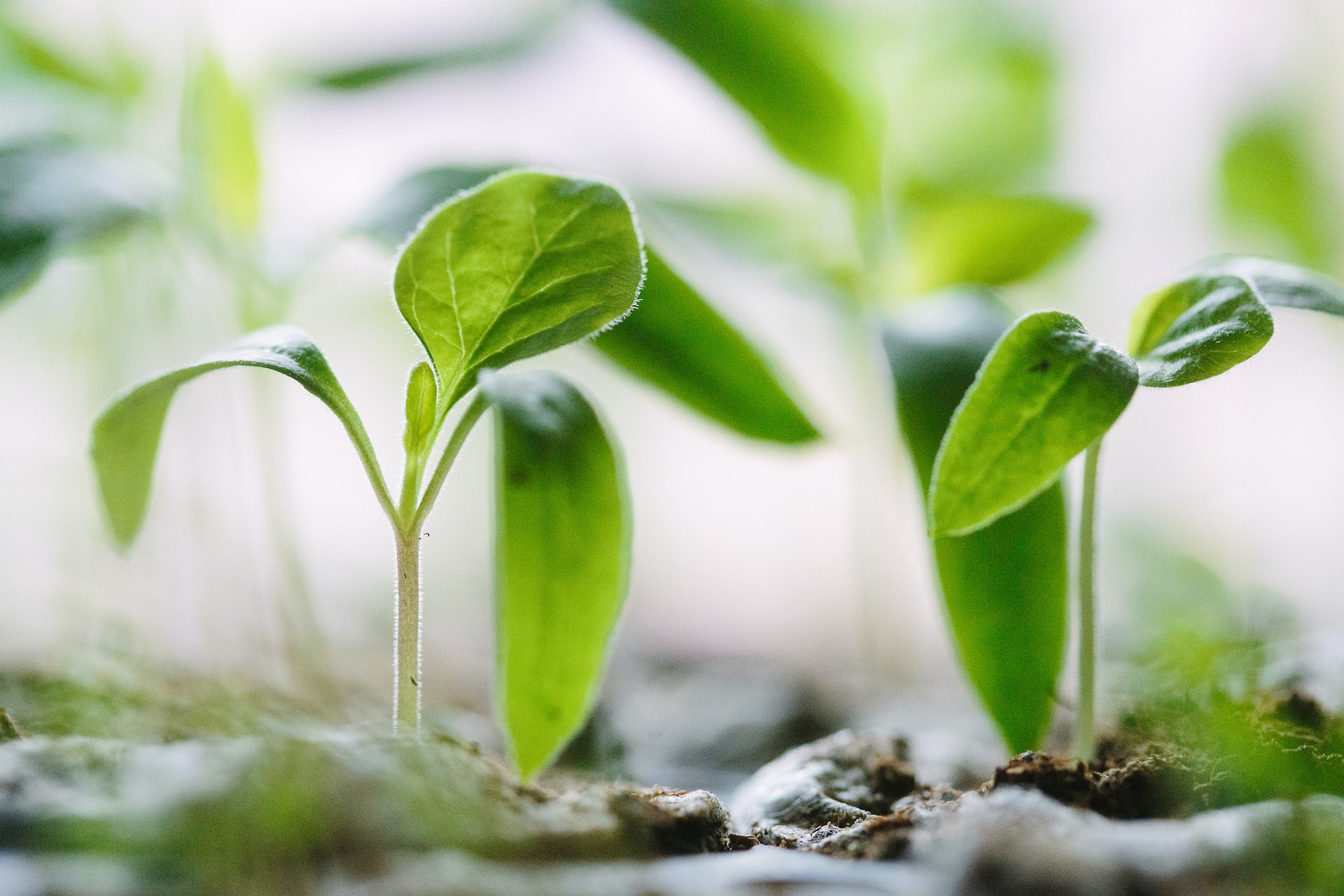
Photo by Francesco Gallarotti on Unsplash
In recent years, there has been a growing awareness of environmental issues, leading to increased interest in eco-friendly alternatives. Two terms that often come up in discussions about sustainability are "biodegradable" and "compostable." While these terms are sometimes used interchangeably, they carry distinct meanings. In this blog post, we will explore the differences between biodegradable and compostable products and their impact on our environment.
1. Definition and Degradation Process
Biodegradable and compostable refer to materials that can break down over time, but the key difference lies in the degradation process. Biodegradable materials break down naturally through the actions of microorganisms, such as bacteria and fungi. This process can occur in various environments, including landfills and oceans. However, it's essential to note that the lack of specific conditions in some environments may lead to slower decomposition. Understanding the science behind biodegradation helps us appreciate the complexity of this process and informs our choices when opting for biodegradable products.
2. Time Frame
Another crucial difference between biodegradable and compostable materials is the time it takes for them to break down. Biodegradable items may decompose over a more extended period, ranging from months to years, depending on the conditions. On the other hand, compostable materials have a defined timeline for degradation. In the right composting environment, they typically break down within weeks, turning into compost that enriches the soil. Recognizing the urgency of environmental issues, the rapid decomposition of compostable materials offers a more immediate solution to reducing waste and promoting sustainability.
Understanding the time frame of decomposition is vital for individuals and businesses aiming to minimize their environmental impact. By choosing compostable alternatives with a shorter degradation period, we actively contribute to waste reduction and the creation of valuable compost for agricultural use.
3. End Products
The end products of biodegradation and composting also set these two processes apart. When biodegradable materials break down, they often leave behind residues and smaller particles. While this process reduces the size of the original item, it may not result in entirely harmless substances. Composting, on the other hand, transforms compostable materials into a nutrient-rich compost that can be used to improve soil quality and support plant growth. This nutrient-rich compost not only benefits the environment by reducing waste but also plays a vital role in sustainable agriculture practices.
Compostable bags, in particular, exemplify this positive impact. As these bags break down in composting facilities, they contribute to the creation of compost that enhances soil fertility. This underscores the importance of choosing products like these bags that align with the principles of a circular economy, where waste becomes a valuable resource.
4. Certifications and Standards
To ensure that products marketed as biodegradable or compostable meet specific environmental criteria, various certifications and standards have been established. Biodegradable products may carry certifications such as the ASTM D6400 or D6868, indicating that they break down under certain conditions. Compostable products, however, often adhere to standards like the EN 13432 or ASTM D6400, signifying that they meet the requirements for industrial composting facilities. Familiarizing ourselves with these certifications empowers consumers to make informed choices, supporting the adoption of environmentally responsible products.
Understanding certifications is crucial when navigating the market for sustainable alternatives. Look for recognized labels on products, such as the Seedling logo for compostable items, to ensure they meet industry standards. This knowledge helps consumers confidently select products aligned with their environmental values.
5. Environmental Impact
While both biodegradable and compostable materials aim to reduce environmental impact, the effectiveness of their contributions varies. Biodegradable items breaking down in landfills might still release methane, a potent greenhouse gas. In contrast, compostable materials processed in composting facilities contribute to the creation of nutrient-rich soil, promoting sustainability in agriculture. Choosing compostable products over biodegradable ones can thus have a more positive impact on the environment. By actively opting for compostable alternatives, consumers actively participate in the circular economy, fostering a regenerative approach to waste management.
In the quest for sustainable alternatives, distinguishing between biodegradable and compostable is essential. Both terms represent steps toward a greener future, but their differences in definition, degradation processes, time frames, end products, and certifications make them distinct. As consumers, understanding these nuances empowers us to make environmentally conscious choices, contributing to a healthier planet. The next time you consider eco-friendly options, remember the significant differences between biodegradable and compostable products, and choose the one that aligns best with your commitment to environmental stewardship.
You may also like
Eco-Conscious Ways to Dispose of Hazardous Waste
Nourishing the Body and Planet: Exploring the Intersection of Sustainability and Healthy Snacks
Better Business Practices: 5 Sustainable Strategies to Adopt in 2023
7 Different Ways to Cut Down on Waste in Your Business
